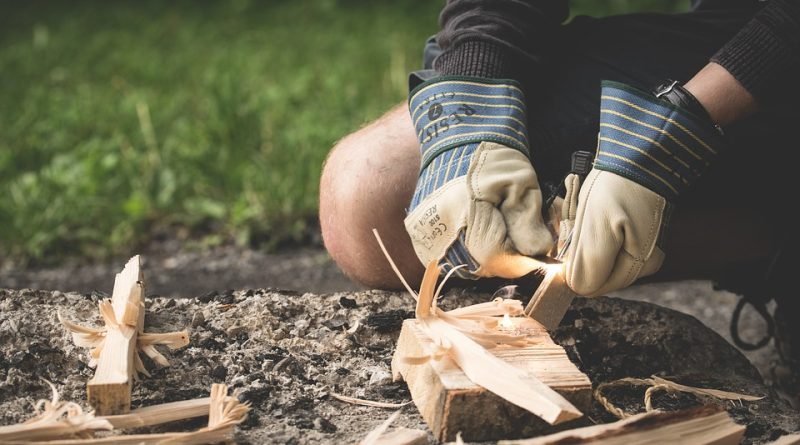Edible Plants and Wild Food: Tips for Finding Food in the Wilderness
When venturing into the wilderness, it’s important to be prepared for any situation, including the possibility of running out of food. In such situations, knowing how to find and identify edible plants and wild food can be a lifesaver. With a little knowledge and practice, you can forage for food in the wilderness and keep hunger at bay.
One of the first things to keep in mind when looking for edible plants and wild food is safety. It’s crucial to be able to accurately identify plants before consuming them, as some plants can be toxic and even deadly. It’s a good idea to do some research and familiarize yourself with common edible plants in the area you will be exploring. Field guides and apps can also be useful resources for identifying plants.
When foraging for food in the wilderness, it’s important to have a keen eye for detail. Look for plants that are healthy, vibrant, and free from signs of disease or pests. Be cautious of plants growing near roadsides or areas that may have been sprayed with chemicals, as these plants may not be safe to eat.
Some common edible plants that you may encounter in the wilderness include dandelions, nettles, wild berries, pine nuts, and cattails. It’s important to properly prepare and cook these plants before consuming them to eliminate any potential toxins. Boiling, roasting, and steaming are common methods for cooking wild plants.
When foraging for edible plants and wild food, it’s also important to be mindful of your impact on the environment. Only take what you need and leave the rest for wildlife and future foragers. Avoid harvesting plants from protected areas or endangered species, and be respectful of the natural habitat.
In addition to plants, wild food can also include edible insects, mushrooms, and even small animals. Again, it’s important to be able to accurately identify these species before consuming them. Some insects such as crickets, grasshoppers, and mealworms are rich in protein and can be a valuable source of nutrition in the wilderness.
Foraging for food in the wilderness can be a rewarding and empowering experience. It allows you to connect with nature and gain a deeper appreciation for the resources that the natural world provides. With some knowledge and caution, you can confidently find and harvest edible plants and wild food to sustain you on your wilderness adventures.
